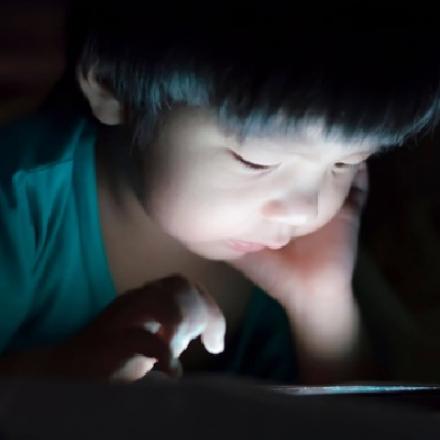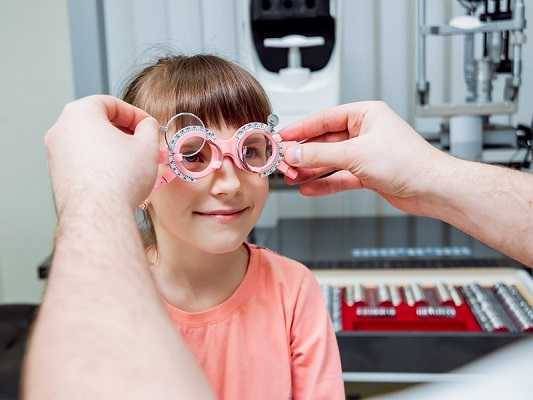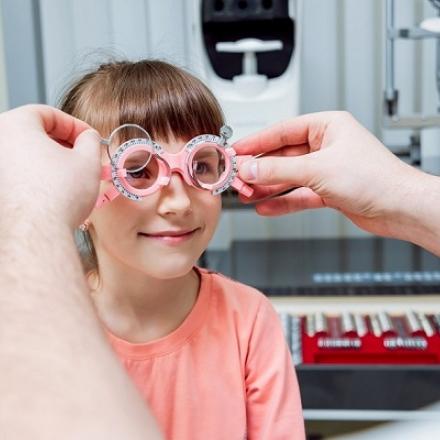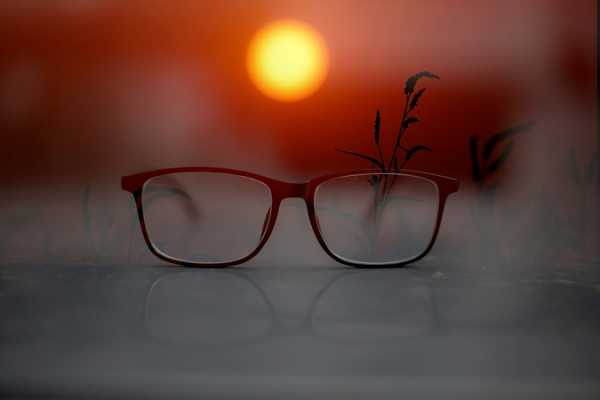
Optical Strategies And Consequences Of Lenses In Myopia Control
Myopia is a common eye condition in which the person is not able to see distance objects clearly. In this condition, light is not able to focus on the retina, thereby causing objects kept at a distance from the eyes to look blurry. It is a common condition that can develop in children as well as in adults.
Usually, myopia is hereditary and runs in families. Symptoms include blurred vision, eye strains, squinting, headache, however, the person can see nearby objects clearly.
LASIK is a surgery that can correct the condition, but most people prefer to correct it by wearing eye glasses or contact lenses. Let’s have a look at some optical strategies and consequences of lenses in myopia control.
Strategies for Myopia Control
The development of several optical strategies for myopia control is stimulated by the numerous studies that show that with age, your eye health demands constant check-up and visual feedback.
• In these check-ups, the problems are investigated and compared typically to traditional single vision corrections.
• The efficacy of these treatments generally depends on the significant differences made in the refractive error or the changes in your eye’s axial length occurred with age.
• Typically, when children are diagnosed with myopia, they are given contact lenses or single vision spectacles. This is the first mode of treatment given that carries minimal side effects and can successfully rectify the myopic refractive error.
• Earlier, experts used to consider that using single vision hard contact lenses for myopia control can improve the quality of the retinal image.
However, more recent clinical trials found that Rigid Gas Permeable or RGP lenses created no impact on the elongation of axial length, and even on the myopia progression, as compared to single vision spectacle lens correction process.

The Current Scenario
As of now, the single vision spectacle and contact lenses are not recommended for myopia control, restricting it essentially to control treatments and studies.
Recent investigations and applications suggest that under correction may significantly enhance myopia progression in children rather than slowing it down. It is found that by under‐corrected children were able to accomplish distance vision of 6/12 as compared to full distance correction single vision spectacle lenses worn by a control group.
Therefore, effects of under or no correction of distance refractive error in myopia progression in children and those in full correction is still a matter of debate.
Consequences of Lenses
There are a few long-term consequences of lenses for myopia control that were unknown until modern studies revealed them.
• These studies showed that wearing lenses overnight or even daily for that matter have shown effective results in reducing myopia progression in children.
• The studies also showed that it helped in suppressing axial length in the affected children.
However, further clinical ramifications are required to determine the conclusive results of such treatments.
On the other hand, it was found through other tests that when peripheral myopic defocus is induced in the treatment process, it could also effectively and successfully slow down the rate of myopia progression. This peripheral defocus can also be changed using contact lenses that are suitable for the patient or by adjusting the shape of the cornea, a process in which Orthokeratology contact lenses are used for myopia control.
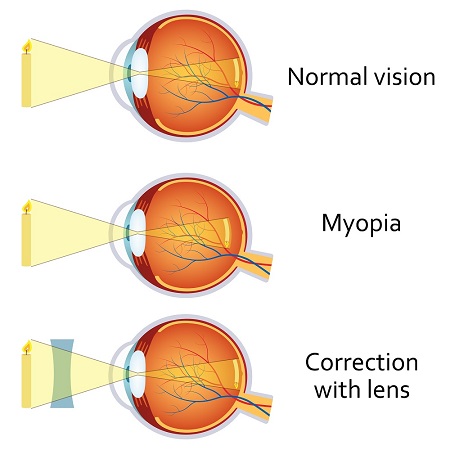
Other Suggestions Available
There are a few other researchers who have come up with different theories for myopia control that are much similar to the older ones. These include the single vision gas permeable contact lenses that were earlier used to slow down the myopia progression in children.
These researchers evaluated their clinical studies with contact lenses to assess the rate of myopia progression reduction on subjects. In their evaluation they found that:
• Single vision gas permeable lenses did not slow progression substantially.
• There was a clinically relevant effect noticed on the progression of myopia through the conventional mono-focal soft contact lenses.
Therefore, with retrospection of the results and the long term consequences, it can be said that further studies are needed on this specific subject.






